
A Bright Future for Rubber
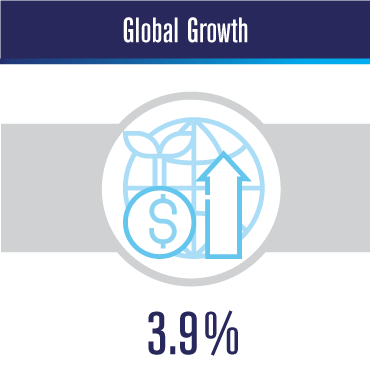
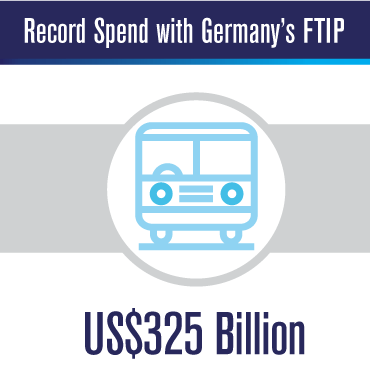
The demand for natural rubber closely tracks the performance of the economy. As global GDP grows, consumption and hence the need for natural rubber grow too. The recent economic surge worldwide therefore predicts a bright future for natural rubber demand.
Furthermore, major developed economies are spending more on infrastructure, which will increase the use of rubber in construction and other sectors. Germany plans to spend a record USD325 billion on transport infrastructure alone between 2016 and 2030, while the United States is considering a USD1.5 trillion infrastructure investment plan.
Continued urbanisation in developing countries also means that about two-thirds of the world’s population will live in cities by 2050, necessitating the use of more rubber. In parts of India and Malaysia, governments are paving roads with a combination of natural rubber and asphalt to produce better quality roads and reduce maintenance costs.
Other emerging trends, as discussed here, have added extra engines to the accelerating use of natural rubber.
As the World Economy Grows
In 2017, every major country and region in the world grew economically, from China to Europe to the United States to Latin America. Globally, the economy grew by 3.7%, its fastest pace since 2010. In January 2018, the International Monetary Fund also revised its global growth forecast for 2018 and 2019 to a higher 3.9%.
This booming health is expected to spur greater demand for natural rubber. The International Rubber Study Group projected that the demand for natural rubber will grow by up to 3.3% annually by 2020. This does not reflect the recent revised global growth forecast as mentioned above.
With the Rise of E-Commerce
Any improvement in the economy is usually followed by an even larger increase in the demand for the material, because it is used not only in goods and the machines to make those goods, but also in the tyres for vehicles to deliver those goods.
The rise of online shopping has further intensified the link between consumption and natural rubber demand. Where a person might have driven to a shopping centre to purchase a few items previously, he or she can now go online and order items from around the world, necessitating multiple vehicles to deliver them.
In 2017, e-commerce giant Amazon clocked 214 million km in last-mile delivery trips in India alone. This distance is equivalent to that of 556 trips from Earth to the moon.
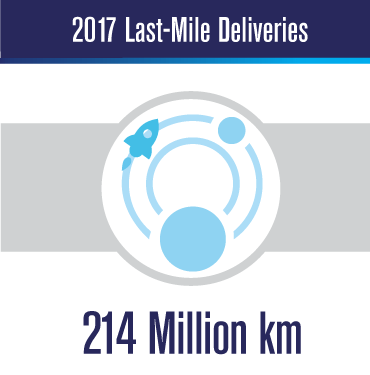
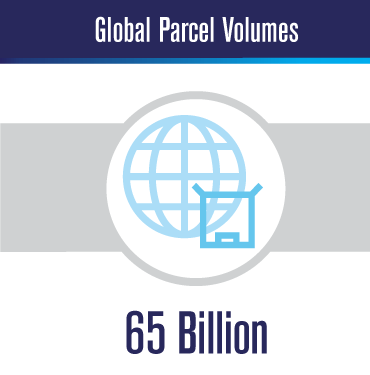
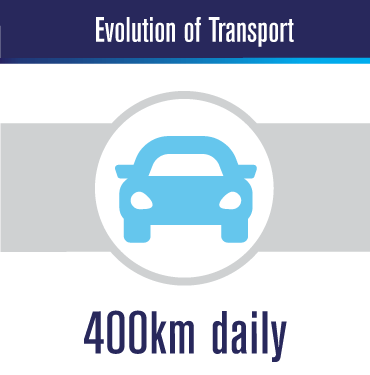
In addition, parcel volumes surged almost 50% globally from 44 billion in 2014 to 65 billion in 2016, and are expected to continue to grow at rates of 17 to 28 percent annually until 2021. These trends will create an ever-rising demand for natural rubber.
Driven by the Evolution of Transport
The evolution of transport is another driver for natural rubber demand. Governments across the world are experimenting with car-sharing schemes and autonomous vehicles to solve the first- and last-mile problem in public transport, encouraging more people to use public transport and maximising the use of vehicles and roads.
While these efforts may eventually reduce vehicle populations, the remaining ones will be used more intensively, resulting in more frequent tyre replacements and thus greater demand for natural rubber. The growing market share of ride-sharing companies such as Uber and Grab will accelerate this trend.
In Singapore, for instance, the total vehicle population shrank by about 2% between 2013 and 2017, but the number of private hire cars quadrupled to 55,000 in the same period. These cars clock about 400 km each day on average, double that of a single-shift taxi and nine times more than an average family car.
The proliferation of the private hire cars means that the total amount of petrol used by vehicles in Singapore – a proxy for car usage – is expected to increase despite the smaller vehicle population. More tyre replacements will be needed.
Meanwhile, in February 2018, automaker Daimler AG and automotive supplier Robert Bosch GmbH announced that they will start testing self-driving taxis soon, joining other similar trials that are ongoing or planned. The United States-based firm nuTonomy also plans to launch a driverless taxi service in Singapore in 2018 before expanding it to 10 cities worldwide by 2020.


